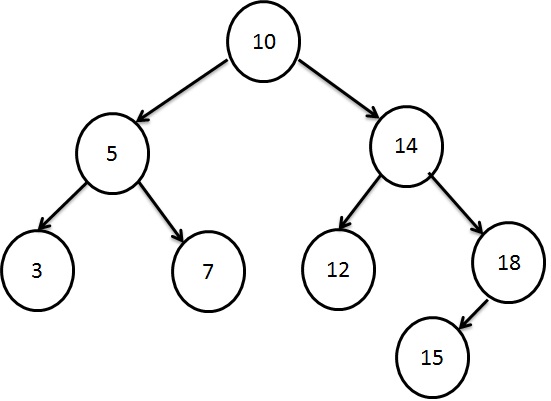Python tuple - function, tuple indexing, slicing, empty tuple
- The tuple contains an ordered collection of items of different data types.
- In a tuple, items are separated by a comma.
- The tuple is enclosed by the parentheses(()).
- Tuples are immutable. Once created, we can't change the item's value and size of the tuple.
- The tuple is a read-only data structure.
Syntax of Python Tuple
Following syntax is used to declare a tuple.
Tuple_name = (item1, item2 ...itemN)
For Example:
>> Tup=(23,"Varun",20,"Vanathi")
>> # print the tuple
>> print(Tup)
(23, 'Varun', 20, 'Vanathi')
>> type(Tup) # Check the data type of Tup
<class 'tuple'>
>> Tup_1=(25,67,89,90)
>> Tup_1 # to print items from the tuple Tup_1
(25, 67, 89, 90)
>>
We can also create empty tuples by using the following Syntax.
Tuple_name = ()
For Example:
>> empty_tuple = () # to create an empty tuple
>> empty_tuple
()
>> type(empty_tuple) # to check the tuple type
<class 'tuple'>
Basic Operation on Python - Tuples
- We can use the ' + ' operator for concatenation operation.
- Also, we can use ' * ' for repeating the items in the tuple for the specified number of times.
For example:
>> emp_age = (35,30,45,27,33)
>> emp_age1 = (28,32,35)
>> emp_age + emp_age1 # Concatenation operation
(35, 30, 45, 27, 33, 28, 32, 35)
>> # repetition operation
>> emp_age1 * 2
(28, 32, 35, 28, 32, 35)
For example:
>> emp_age = (35,30,45,27,33)
>> 30 in emp_age
True
>> 37 in emp_age
False
>>
For example:
>> emp_age = (35,30,45,27,33)
>> emp_age1 = (28,32,35)
>> emp_age == emp_age1
False
>> emp_age < emp_age1
False
>> emp_age > emp_age1
True
>>
The tuple() function
- The tuple() function is used to create a tuple.
- The syntax of this function is given below.
tuple([sequence])
- Where sequence can be a number or string or tuple itself.
- An empty tuple is created by not specifying the sequence.
>> agent=tuple('arun') # creating tuple
>> empty_agent_list=tuple() #creating empty tuple
>> type(agent)
<class 'tuple'>
>> type(empty_agent_list)
<class 'tuple'>
>> agent #show the items in agent tuple
('a', 'r', 'u', 'n')
>> num1=tuple((1,2,3)) # create tuple with another tuple
>> num1
(1, 2, 3)
>>













 Krivalar Tutorials
Krivalar Tutorials
